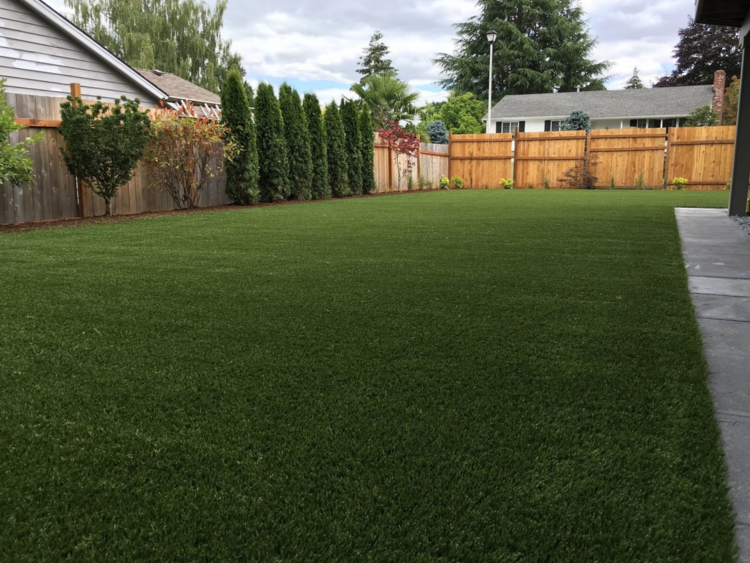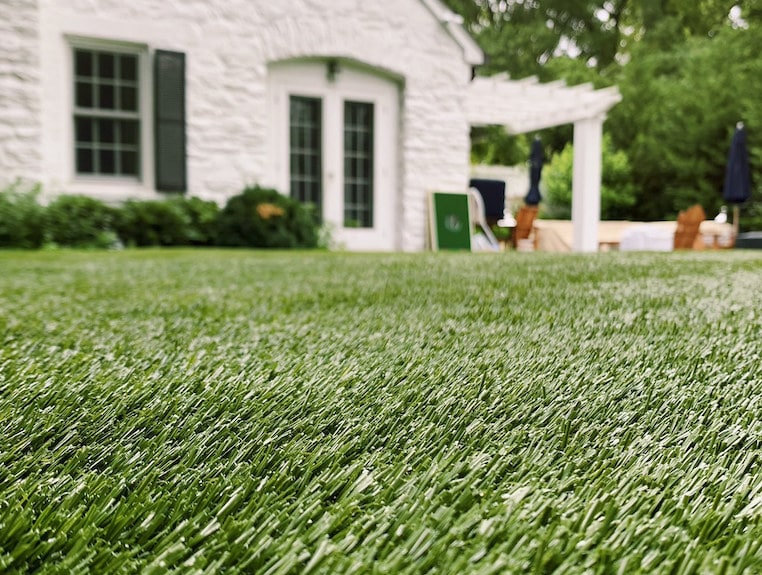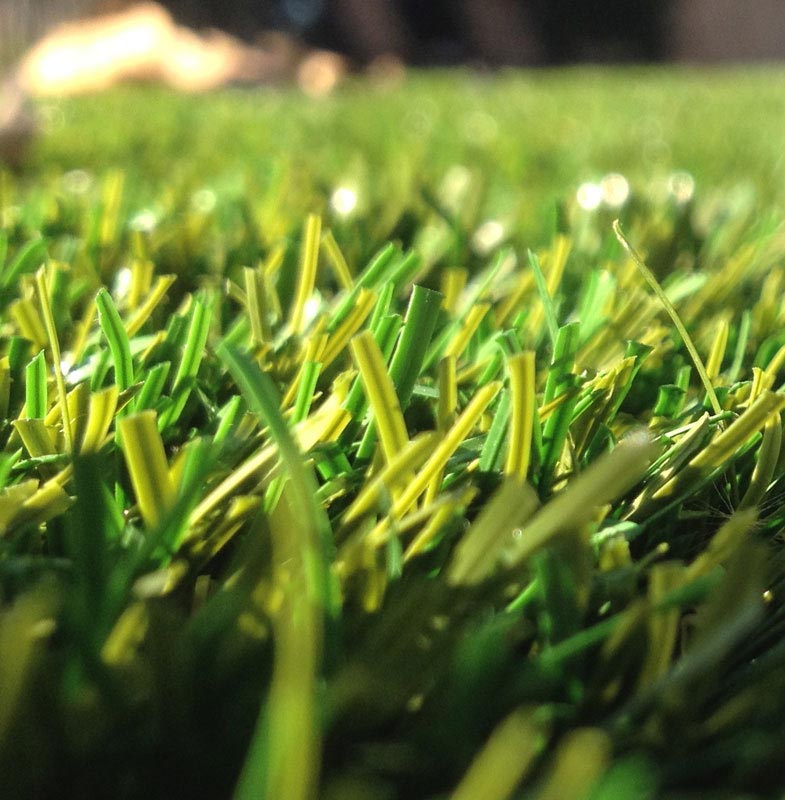Transform Your Outdoor Space with Arizona Artificial Turf for a Evergreen Green Look
Transform Your Outdoor Space with Arizona Artificial Turf for a Evergreen Green Look
Blog Article
Explore the Environmental Advantages of Opting for Artificial Turf Solutions
The fostering of fabricated turf remedies presents a compelling opportunity to resolve pressing ecological difficulties. By significantly decreasing water use and lessening the application of dangerous chemicals, these alternatives not just advertise sustainable landscape design but additionally safeguard neighborhood environments. Moreover, the lower carbon impact connected with reduced maintenance tasks adds to an extra lasting technique to land administration. Nevertheless, the ramifications of these advantages expand beyond plain preservation efforts, questioning concerning their long-lasting influence on habitat preservation and overall environmental balance. Checking out these dimensions discloses an intricate interaction worth taking into consideration.
Water Preservation Conveniences
One of the most considerable advantages of man-made grass is its capacity to preserve water. In contrast, artificial turf does not need watering, significantly minimizing the overall demand for water resources.
By getting rid of the requirement for normal watering, synthetic grass adds to sustainable landscape practices and assists alleviate the ecological influence of excessive water consumption. The conservation of water prolongs to the reduction of overflow, which can lead to soil erosion and waterway contamination.
Additionally, the setup of synthetic grass permits towns and home owners to allot water resources much more efficiently, concentrating on essential uses such as alcohol consumption water and farming. The shift in the direction of synthetic grass not only promotes liable water usage but likewise lines up with more comprehensive environmental goals aimed at preserving all-natural sources.
As communities increasingly prioritize sustainability, the water conservation benefits of synthetic grass offer an engaging instance for its fostering in industrial and domestic landscaping tasks.
Lowered Chemical Use
The change to synthetic grass considerably decreases the reliance on chemical treatments generally used in natural grass maintenance. Traditional lawn management generally involves the application of herbicides, pesticides, and fertilizers to promote growth and control pests. These chemicals can posture risks to human health, neighborhood wild animals, and the atmosphere, adding to dirt and water contamination.
In contrast, synthetic turf gets rid of the need for these unsafe materials. By decreasing the release of artificial substances into the community, synthetic lawn promotes healthier dirt and water systems.
In addition, the absence of chemical drainage related to synthetic grass installations aids protect regional rivers from air pollution, sustaining marine life and maintaining biodiversity. Arizona turf. As neighborhoods increasingly focus on lasting practices, going with synthetic grass offers a viable service that aligns with environmental conservation objectives. Via this change, homeowner can enjoy lush eco-friendly areas without compromising environmental wellness, leading the way for a more lasting future
Reduced Carbon Impact

Additionally, the installation of artificial turf can result in considerable water preservation. All-natural lawns call for substantial amounts of water for irrigation, which not just adds to the carbon footprint associated with water removal and therapy but likewise stress regional water resources. On the other hand, synthetic grass requires minimal upkeep, requiring no watering, therefore considerably lowering water usage and its connected energy costs.
In addition, the long life of synthetic grass contributes to its decreased carbon effect. With a life expectancy of as much as 15 years or more, the demand for regular substitutes is lessened, leading to much less waste and lower power consumption in production and throwing away traditional lawn choices. In general, synthetic turf provides a lasting option for ecologically conscious landscaping.
Habitat Conservation
Environment preservation is an essential consideration in the dispute over landscaping selections, specifically when contrasting man-made lawn to all-natural turf. All-natural turf lawns frequently need extensive upkeep, including making use of pesticides, plant foods, and herbicides, which can detrimentally influence neighborhood ecosystems. These chemicals can leach into the dirt and rivers, hurting indigenous plants and animals and interfering with regional habitats.
In contrast, synthetic grass provides an opportunity to reduce the environmental impact of landscape design. By selecting artificial turf, property owners can decrease the disruption of all-natural habitats related to traditional yard treatment techniques. Synthetic grass eliminates the requirement for harmful chemicals, thereby safeguarding close-by wild animals and keeping the integrity of bordering ecological communities. Furthermore, the installment of fabricated turf can cause the conversion of previous yard areas into even more biodiverse landscapes, such as pollinator gardens or native plant areas, which can support regional wildlife.
Inevitably, the change to man-made lawn not just conserves water and reduces maintenance efforts yet likewise promotes a more harmonious relationship in between human tasks and the all-natural environment, promoting environment conservation while doing so.
Long-Term Sustainability
Long-lasting read this sustainability is a critical element in assessing the advantages of synthetic grass over typical grass yards. Among the most significant advantages of artificial turf is its durability; it can last approximately 15-20 years with very little maintenance, whereas all-natural turf needs constant reseeding and substitute. This durability decreases the demand for consistent resources, such as water, plant foods, and pesticides, which are essential for maintaining a healthy and balanced turf lawn.
In addition, synthetic grass adds to a decrease in carbon discharges related to grass care equipment. Typical yards frequently call for gas-powered lawn mowers, trimmers, and blowers, all of which add to air pollution. Arizona turf. On the other hand, fabricated turf gets rid of the demand for such equipment, promoting a cleaner atmosphere
Moreover, the manufacturing of synthetic grass progressively uses recycled materials, improving its sustainability account. As manufacturers take on eco-friendly methods, the ecological impact of artificial lawn remains to lessen.

Conclusion
The fostering of man-made turf remedies provides significant ecological advantages, consisting of considerable like this water conservation, minimized reliance on harmful chemicals, and a reduced carbon footprint. Fabricated grass help in protecting all-natural habitats by minimizing land disturbance and advertising long-term sustainability via the usage of resilient materials. Jointly, these variables underscore the potential of synthetic lawn to contribute favorably to environmental health and wellness and supply a feasible alternative to standard landscape design practices in a progressively resource-conscious world.
In contrast, synthetic lawn does not require watering, considerably minimizing the general need for water sources. By minimizing the release of artificial substances into the environment, synthetic grass advertises much healthier soil and water systems.
In addition, the installation of artificial turf can result in considerable water conservation. In contrast, synthetic turf needs minimal maintenance, calling for no watering, thus substantially lowering water use and its associated energy costs.

Report this page